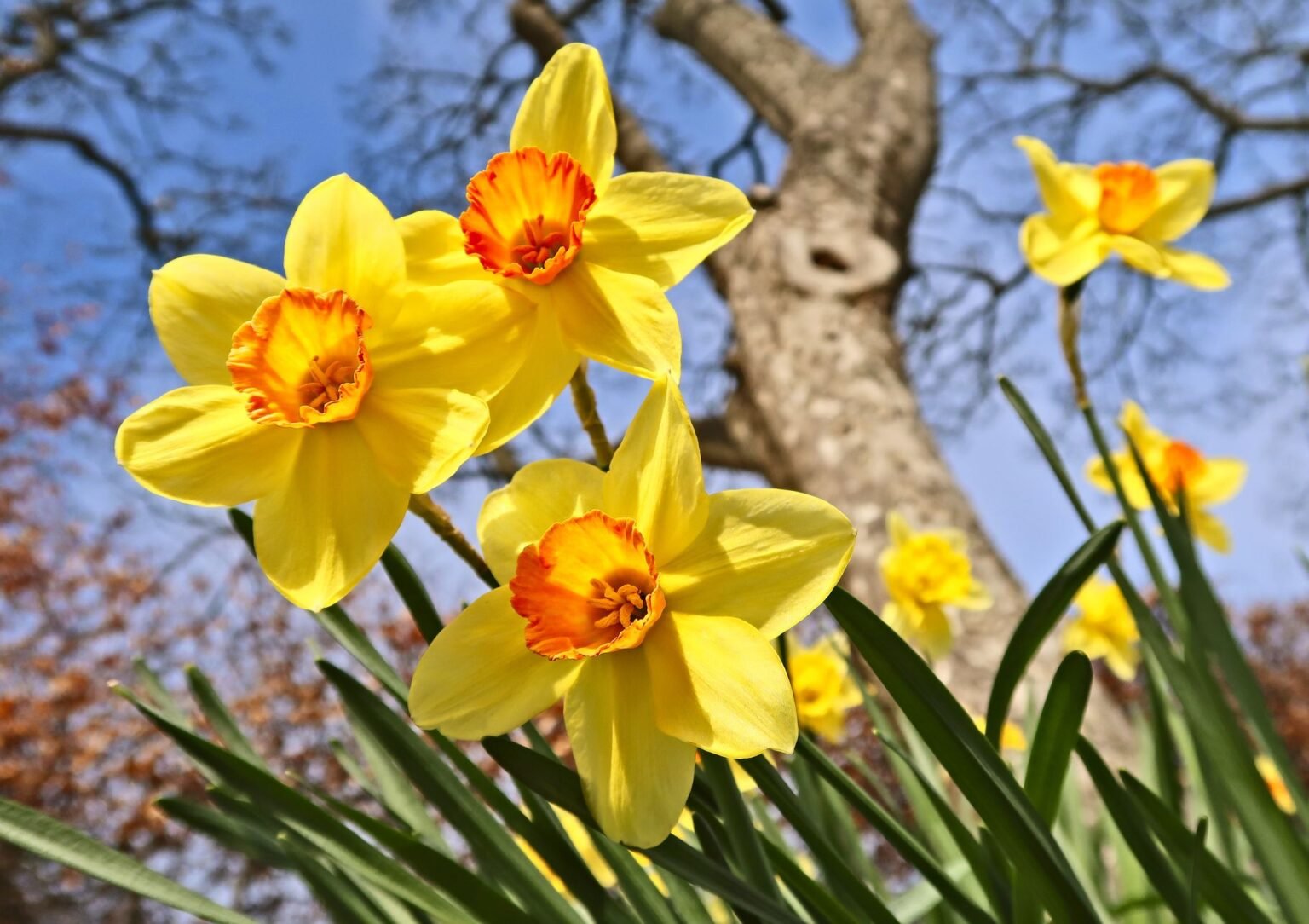An Urgent Call to Find and Save Rare Daffodils Feared Lost
Across gardens, parks, and countryside estates, yellow trumpet-shaped daffodils are a cheerful and familiar sight each spring. But not all daffodils are the same. Hidden among the common cultivars may be rare daffodils feared lost—forgotten floral varieties with links to British horticultural history. Now, plant conservationists and scientists are urging the public to help find them before they disappear forever.
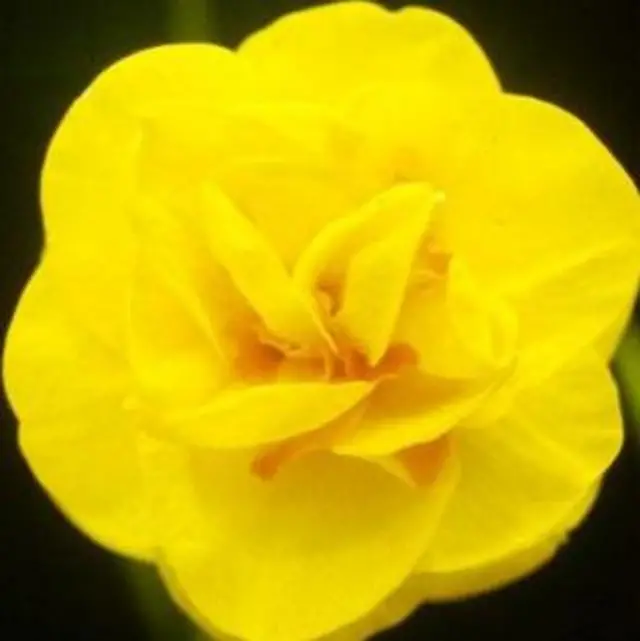
A nationwide appeal has been launched by organizations like Plant Heritage and the Royal Horticultural Society (RHS) to locate these missing botanical treasures. Their goal: to recover daffodil varieties once thought extinct or missing, some of which may still be thriving unnoticed in gardens and hedgerows.
Why Preserving Rare and Forgotten Daffodils Still Matters
Rare daffodils aren’t just beautiful. They’re also a vital part of Britain’s botanical legacy, each carrying a story linked to local history, people, or places. Many of them were bred generations ago and have either fallen out of fashion or faded into obscurity. If left untraced, these floral lineages may be lost forever.
Gwen Hines, a spokesperson for Plant Heritage, emphasized the importance of rescuing these plants:
“There’s the joy they bring every spring, but also future scientific value. Some may hold medicinal properties or unique genetic traits.”
In fact, daffodils (botanically known as narcissus) have long been used in medicine. They are a natural source of galantamine, a compound used to treat the symptoms of Alzheimer’s disease. Protecting daffodil diversity could therefore play a role in future medical breakthroughs.
The History of Rare Daffodils Feared Lost in Britain
Believed to have been introduced to Britain by the Romans, daffodils have evolved through centuries of cultivation. Over time, passionate breeders developed countless varieties with diverse shapes, sizes, and colours. Today, more than 30,000 different types are recognized globally.
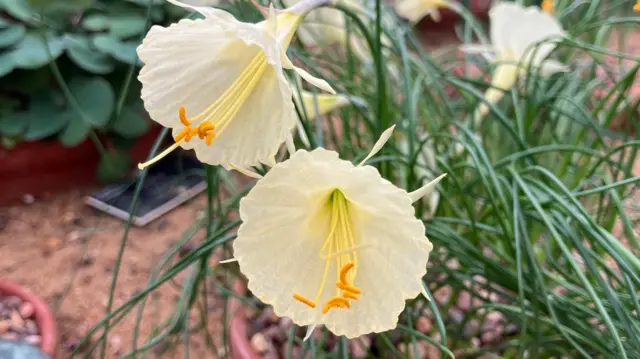
While most people are familiar with the classic yellow daffodil, many varieties boast white petals, orange coronas, and even salmon-pink hues. Among these, some extremely rare types have all but vanished.
Sussex Bonfire: A Bonfire Yellow Bloom Among Rare Daffodils Feared Lost
One of the most intriguing examples of a lost variety is the Sussex Bonfire daffodil. Once renowned for its intense orange-yellow bloom, it was named after the famous Bonfire Night celebrations in Lewes, East Sussex.
This vibrant daffodil was bred by local horticulturist Noel Burr, who was known for creating striking varieties. But the Sussex Bonfire hasn’t been officially documented in over two decades. The only surviving image of it dates back to the late 20th century.
Roger Parsons, a Sussex-based horticulturist, remains hopeful:
“It may still exist somewhere in a private garden. Our challenge is to find the person who unknowingly kept it alive.”
Reclaiming this daffodil could preserve vital genes important for future plant breeding.
Mrs R. O. Backhouse: A Legacy Bloom Among Rare Daffodils Feared Lost
Another variety on the watchlist is the Mrs R. O. Backhouse daffodil, a cultivar notable for its unusual salmon-pink trumpet surrounded by ivory-white petals. It holds historical significance as one of the earliest daffodils to feature pink tones.
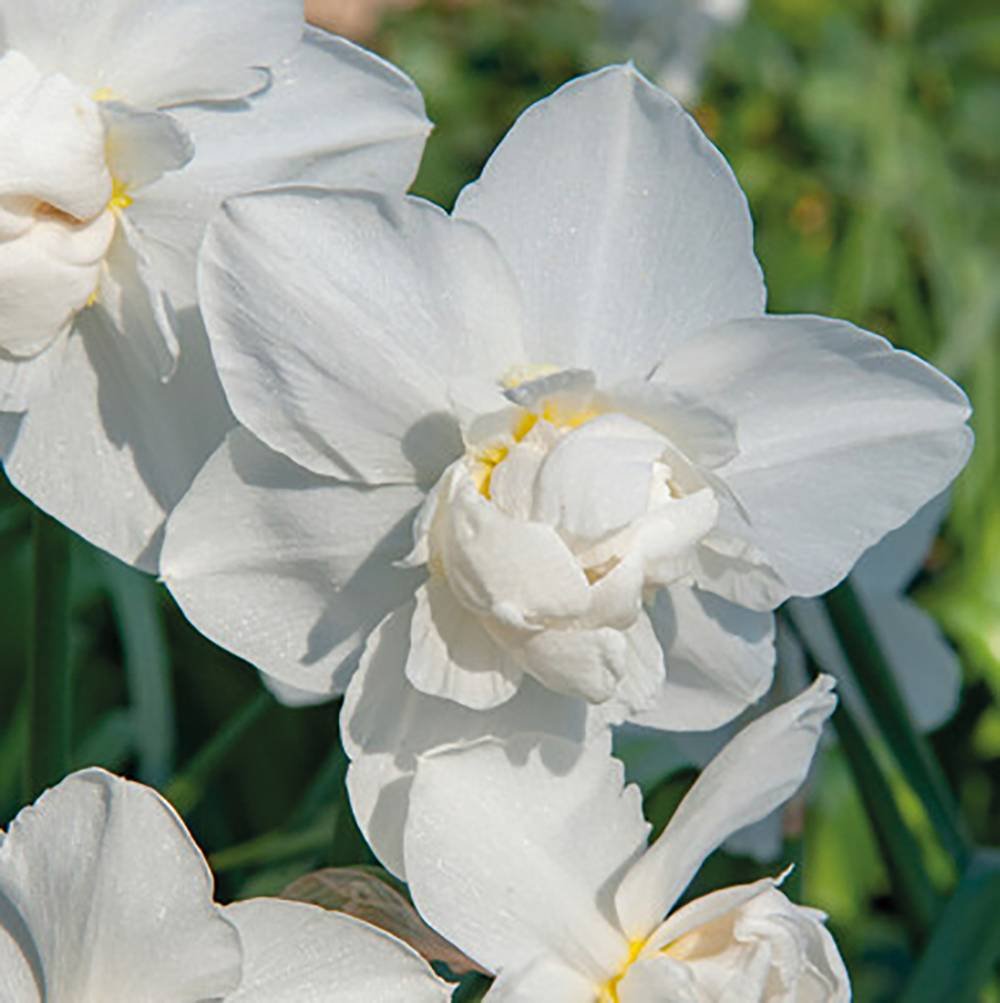
This daffodil was bred by pioneering plantswoman Sarah Backhouse and named in her memory by her husband following her death in 1921. While it still exists in national daffodil collections, its wider presence remains uncertain.
Locating surviving plants of this cultivar in public or private gardens is key to re-establishing its place in horticultural history.
A Victorian Gem: The Mrs William Copeland Daffodil
The Mrs William Copeland variety is another daffodil of interest. Known for its large, double white blooms, it was bred during the late Victorian and Edwardian eras when daffodils enjoyed widespread popularity.
Its creator, William Fowler Copeland (1872–1953), was among the most prolific daffodil breeders of his time. This cultivar was named in honor of his wife, showcasing a personal story embedded in botanical heritage.
Preserving this daffodil ensures that historical breeding techniques and aesthetics from over a century ago remain accessible to future generations of horticulturists.
Daffodils and Science: Why Genetics Matter
Each of these rare daffodils represents more than beauty; they also hold unique genetic traits that could be vital for breeding disease-resistant, climate-adapted flowers in the future. With climate change altering blooming patterns and survival rates, biodiversity within species like narcissus becomes more critical.

RHS scientist Dr. Kálmán Könyves has spent over 15 years studying daffodils. He emphasized the value of data collection:
“Tracking where and when daffodils bloom helps us understand how climate change affects flowering time and plant health.”
Citizen scientists can play a vital role by reporting sightings and documenting bloom timings, thereby contributing to real-world climate research.
How to Help in the Hunt
Whether you’re a gardener, a nature walker, or a casual observer, you can contribute to this nationwide botanical treasure hunt.
Here’s how:
- Inspect your garden or local park for unusual daffodil colors or shapes.
- Compare flowers with photos of known rare varieties available through Plant Heritage or RHS sources.
- Photograph and report any possible sightings.
- Join online forums or daffodil societies to share your findings.
- Record bloom dates and locations, helping with scientific climate tracking.
Every sighting may help in rescuing a lost variety from extinction.
Digital Resources and Mapping Tools
To support the search, conservationists are developing digital databases and public tools. Interactive maps allow users to pin daffodil sightings and descriptions, contributing to real-time crowd-sourced floral conservation.
Smartphone-friendly platforms are also being rolled out, making it easier to report sightings instantly with photos and GPS data. These resources will be pivotal in identifying unknown cultivars or confirming the continued existence of presumed-lost ones.
Why This Matters Now More Than Ever
As biodiversity faces mounting threats from urbanization, changing weather patterns, and shrinking green spaces, plant conservation has never been more urgent. While daffodils may seem common, their diversity is at risk—and once a variety is lost, it may never be recovered.
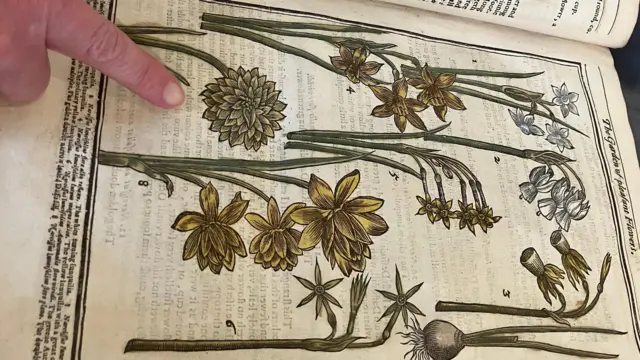
Rare daffodils feared lost today could become the genetic lifeline of tomorrow—offering resistance to diseases, tolerance to harsh climates, or even contributing to pharmaceutical advances.
Stories in the Soil: Personal Histories Behind Each Bloom
Part of the magic of this campaign is the personal connection people share with daffodils. These flowers often mark family gardens, local traditions, or community events. Rediscovering a forgotten daffodil is as much about reconnecting with emotional landscapes as it is about botany.
Each rediscovered bloom tells a story—of the breeder, the land, and the legacy.
A Golden Opportunity to Save Britain’s Floral Heritage
The daffodil, long a symbol of spring and renewal, now becomes a symbol of conservation. With your help, we can ensure that these rare daffodils feared lost are not just memories or photographs, but living blossoms that future generations will admire and study.
So this spring, as the golden flowers begin to emerge once again, take a closer look. You might just stumble upon a forgotten gem waiting to be rediscovered.
